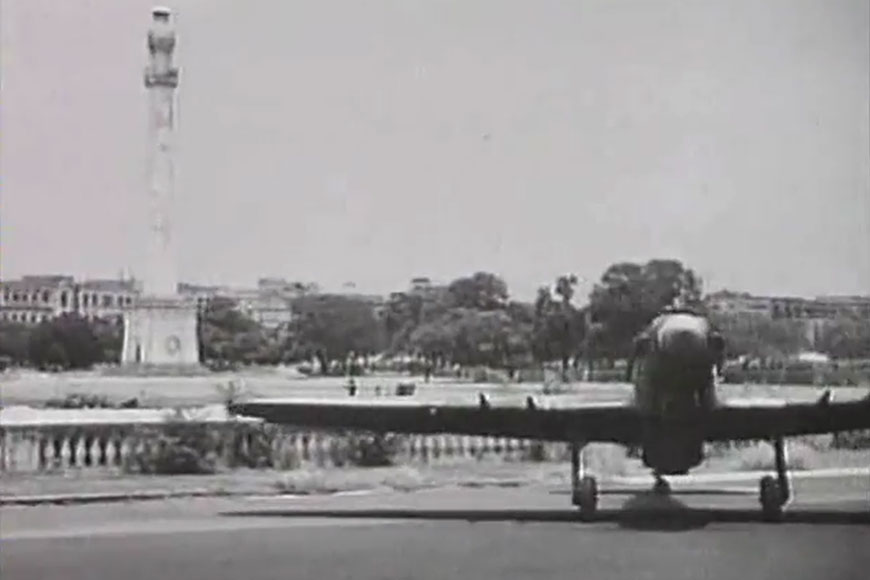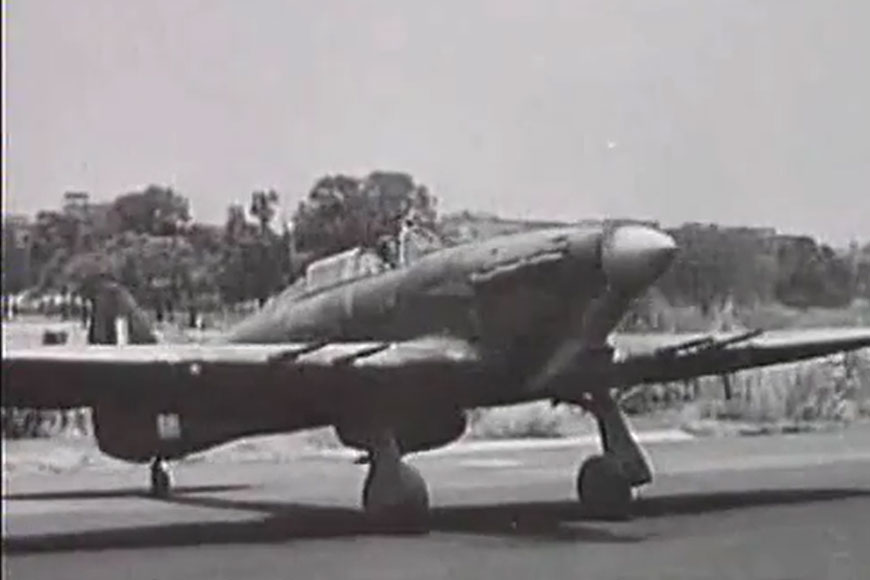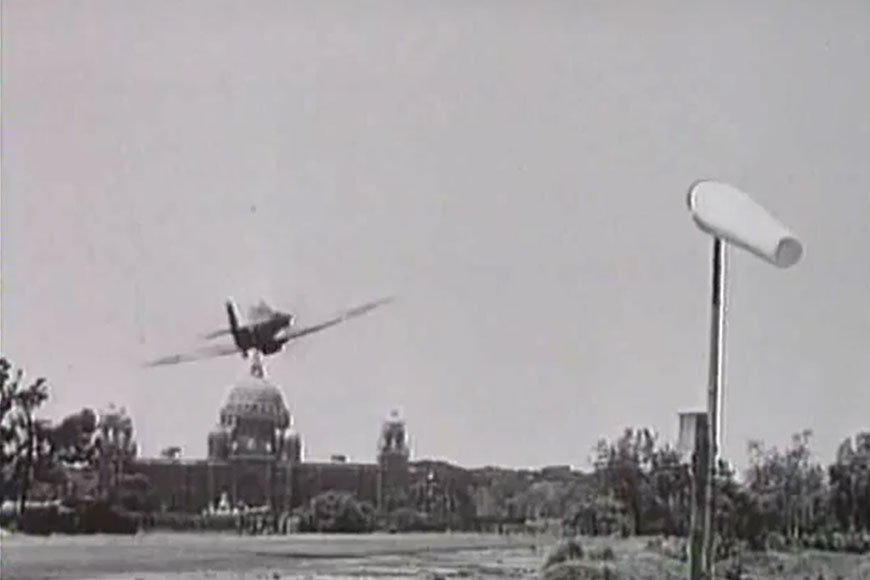Red Road – Where Fighter Planes Landed Once Upon A Time

Driving past one of the widest thoroughfares of Kolkata, comes with its own perks. Come Spring and one would find rows of blooming Palash and Krishnachura dotting this British made Road of Kolkata. But it also comes with a twist of history, one that started during World War II around 1943. Japan as an enemy force of the British were advancing at a fast pace through South-East Asia and the then British Calcutta was under danger of being bombed.

The panic was so high that many well-known Bengali families had left the city for Santhal Parganas in fear of Japanese bombing. Meanwhile, the British were trying to fix their strategy. As renowned historian P.T. Nair, one of the custodian of Calcutta’s history added: ‘The air base at Barrackpore was situated at a substantial distance from Kolkata, creating an impediment to provide emergency cover against the Japanese air strike. Therefore, the British decided to create a temporary air base at Ellenborough Ground (near Calcutta Race Course) to facilitate the take off and landing of fighter aircrafts.’
Yes, you heard it correct. Red Road was not just used for take off, but as a parking bay for many fighter aircrafts. As per British historical records, Red Road was constructed during the early 1720s and was paved with shurkhi (red laterite soil). Many believe it derived its name from this soil. Primarily the road was constructed so that the British could travel easily to the extended southern part of Calcutta like Alipore, which primarily was a hub of their entertainment with clubs and garden houses. It was Lord Dalhousie who wished to beautify both sides of the road and thus came up the huge avenue of trees. The Red Road that we see today, was built in the mid-1800s and the tarring of the road happened around early 1900s.
Red Road was not just used for take off, but as a parking bay for many fighter aircrafts. As per British historical records, Red Road was constructed during the early 1720s and was paved with shurkhi (red laterite soil). Many believe it derived its name from this soil. Primarily the road was constructed so that the British could travel easily to the extended southern part of Calcutta like Alipore, which primarily was a hub of their entertainment with clubs and garden houses.
Fort William was converted into an official base for use by the British and the forest around was cleared to give a clear 360 degree view, to help British soldiers to fire in case of need. Red Road was not just used for aircrafts, it hosted parades, like it does today on Republic Day. One of the grandest parades was that in 1911 to welcome King George V and Queen Mary on their tour of Calcutta. Two triumphal arches were made to welcome them. This same arrangement was done during visit of Prince of Wales in 1921.
Also read : It is the British soil that formed Strand Road

The first successful flight in British India took off from Red Road in January 1910, a plane that was designed by Calcutta-based electric and automobile engineer W. E. Debrunner. Such small planes were then used as trials on Red Road to check the feasibility of their landing and take-off. Next came landing of Spitfires and Mohawks. The only problem of Red Road was the infamous smog of Calcutta during late winters that reduced the visibility quotient for pilots and presence of tall buildings around the area. Yet, when one drives down this road even today and takes a look at the modern-day Fort William, one feels the pulse of a long-drawn war that had changed the look of the world.










